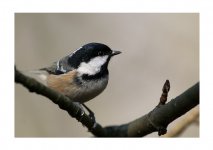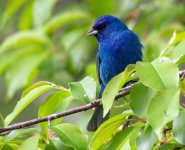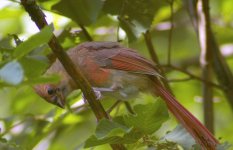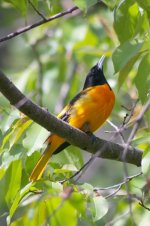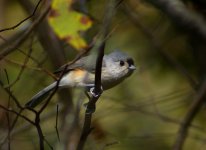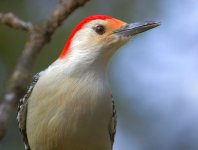YellowBudgie
Well-known member
Hello Everyone,
I was wondering about this the other day. I was curious why cameras can often get good focus when using a birds eye to auto focus on.
Is it the birds eye color in contrast with the birds eye ring, feathers, etc? Does the round shape of the eye help the camera to focus as well? Any other reasons?
Thanks,
Dana
I was wondering about this the other day. I was curious why cameras can often get good focus when using a birds eye to auto focus on.
Is it the birds eye color in contrast with the birds eye ring, feathers, etc? Does the round shape of the eye help the camera to focus as well? Any other reasons?
Thanks,
Dana





